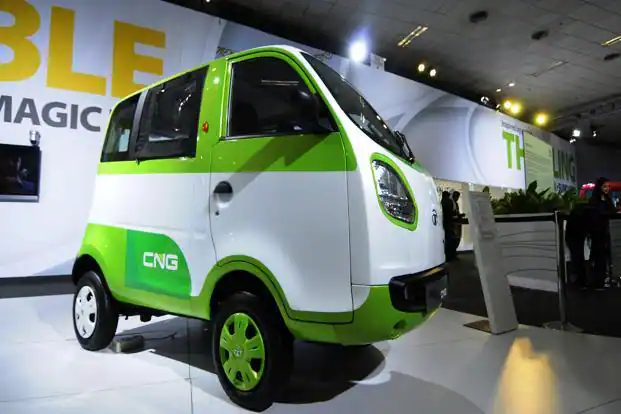
Automotive technology has revolutionized the way we travel, impacting our daily lives, economy, and environment. From the invention of the first gasoline-powered vehicle in the late 19th century to the rise of electric and autonomous cars, the automotive industry has seen dramatic advancements.https://towcapacityguru.com/
Historical Overview
The automotive journey began in the 1880s when Karl Benz developed the first gasoline-powered car. This invention laid the foundation for mass production, with Henry Ford’s introduction of the assembly line in 1913 revolutionizing the industry by making cars more affordable and accessible. The Model T, produced by Ford, became an iconic symbol of this era.
Technological Advancements
Internal Combustion Engines
For much of the 20th century, vehicles were primarily powered by internal combustion engines (ICE). These engines convert chemical energy from fuel into mechanical energy. Over the decades, advancements in ICE technology have improved fuel efficiency and reduced emissions. Innovations such as turbocharging, direct fuel injection, and variable valve timing have optimized engine performance.
Electric Vehicles (EVs)
The late 20th and early 21st centuries saw a shift towards more sustainable automotive solutions. Electric vehicles (EVs) have emerged as a viable alternative to ICE vehicles. EVs are powered by electric motors and batteries, eliminating tailpipe emissions and reducing dependence on fossil fuels. Tesla, a pioneer in this field, popularized EVs with its high-performance electric cars. Major automotive manufacturers have since followed suit, investing heavily in EV technology.
Hybrid Vehicles
Hybrid vehicles combine an internal combustion engine with an electric motor and battery. This combination allows for improved fuel efficiency and reduced emissions. Hybrids can operate in electric-only mode for short distances, while the ICE provides additional power and range when needed. The Toyota Prius, introduced in 1997, is one of the most well-known hybrid vehicles.
Autonomous Vehicles
Autonomous, or self-driving, vehicles represent the cutting edge of automotive technology. These vehicles use a combination of sensors, cameras, radar, and artificial intelligence to navigate and drive without human intervention. Companies like Waymo, Uber, and traditional automakers are developing and testing autonomous vehicles. While fully autonomous cars are not yet widely available, advanced driver-assistance systems (ADAS) such as adaptive cruise control, lane-keeping assist, and automatic emergency braking are already enhancing vehicle safety.
Environmental Impact
The automotive industry has a significant impact on the environment. Traditional ICE vehicles contribute to air pollution and greenhouse gas emissions. The shift to electric and hybrid vehicles aims to mitigate these effects. However, the production and disposal of batteries present their environmental challenges. The industry is exploring ways to recycle batteries and use more sustainable materials.







